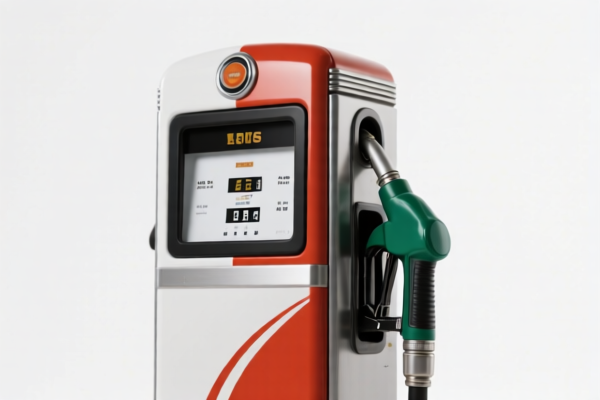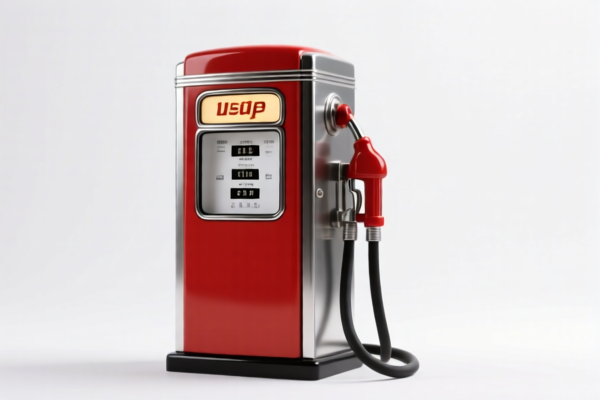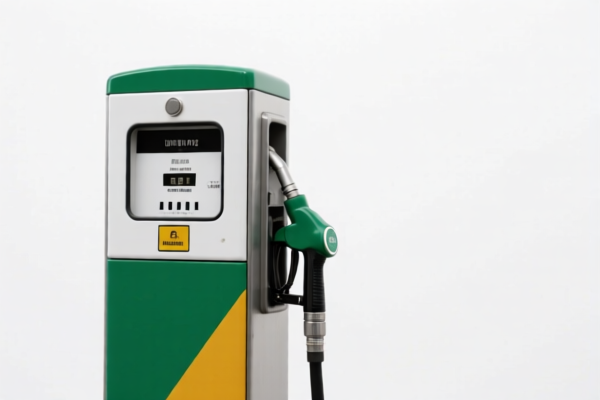| HS Code | Official Doc | Tariff Rate | Origin | Destination | Effective Date |
|---|---|---|---|---|---|
| 8413500050 | Doc | 55.0% | CN | US | 2025-05-12 |




Diaphragm Pump
A diaphragm pump is a positive displacement pump that uses a reciprocating diaphragm to pump fluids. This design utilizes the cyclical contraction and expansion of a diaphragm to create suction and discharge, making it suitable for a wide range of applications.
Materials
Diaphragm pumps are constructed from a variety of materials to accommodate different fluids and operating conditions. Common materials include:
- Diaphragms: Commonly made from elastomers like Nitrile (Buna-N), EPDM, PTFE (Teflon), Viton, and Polypropylene. Material selection depends on the chemical compatibility with the pumped fluid.
- Pump Body: Typically constructed from plastics (Polypropylene, PVC, PVDF) for corrosive fluids, or metals like Aluminum, Stainless Steel, and Cast Iron for higher pressures and temperatures.
- Check Valves: Often made from elastomers, plastics, or stainless steel.
- Air Distribution System: Materials include Polypropylene, Acetal, and Stainless Steel.
Purpose & Function
The primary purpose of a diaphragm pump is to transfer fluids from one location to another. They function by:
- Suction Stroke: The diaphragm moves, increasing the volume of the pump chamber, creating a vacuum. This draws fluid into the chamber through inlet check valves.
- Discharge Stroke: The diaphragm moves in the opposite direction, decreasing the chamber volume. This forces the fluid out of the pump through outlet check valves.
- Check Valves: These valves ensure unidirectional flow, preventing backflow during both suction and discharge strokes.
The reciprocating motion of the diaphragm is typically driven by compressed air, an electric motor, or a mechanical linkage.
Usage Scenarios
Diaphragm pumps are employed in numerous applications due to their versatility:
- Chemical Processing: Transferring corrosive and abrasive chemicals.
- Wastewater Treatment: Pumping sludge, wastewater, and other effluent.
- Food and Beverage Industry: Transferring viscous liquids, such as sauces, creams, and juices.
- Pharmaceutical Industry: Transferring sterile and sensitive fluids.
- Painting & Coating: Transferring paints, coatings, and solvents.
- Mining: Slurry transfer and dewatering.
- Agriculture: Spraying pesticides and fertilizers.
- Oil and Gas: Transferring various fluids in exploration and production.
Common Types
- Air-Operated Double Diaphragm (AODD) Pumps: These are the most common type, utilizing compressed air to drive two diaphragms in alternating motion. They are self-priming, can run dry, and are suitable for a wide range of fluids.
- Mechanically Actuated Diaphragm Pumps: Driven by a crankshaft or other mechanical linkage. They offer precise control and are often used for metering applications.
- Electromagnetic Diaphragm Pumps: Utilize a solenoid to drive the diaphragm. They are compact and suitable for small-volume applications.
- Sealless Diaphragm Pumps: Designed without seals to prevent leakage, ideal for handling hazardous fluids.
- Hygienic Diaphragm Pumps: Constructed with sanitary materials and designs for use in food, beverage, and pharmaceutical applications.
Diaphragm pumps are categorized as pumps for liquids, potentially equipped with measuring devices, or as liquid elevators, and fall under the classification of “Other reciprocating positive displacement pumps”.
Here are the relevant HS codes based on the provided information:
- 8413.50.00.50: This HS code specifically covers “Other reciprocating positive displacement pumps Diaphragm pumps”.
- 84: Chapter 84 relates to Nuclear reactors, boilers, machinery and mechanical appliances; parts thereof.
- 13: Heading 8413 covers Pumps for liquids, whether or not fitted with a measuring device; liquid elevators.
- 50: Subheading 8413.50 covers Other reciprocating positive displacement pumps.
- 00.50: Further specifies Diaphragm pumps within the reciprocating positive displacement pump category.
Tax Rate Details:
- Basic Tariff: 0.0%
- Additional Tariff: 25.0%
- Tariff after April 2, 2025: 30.0%
- Total Tariff: 55.0%
Important Note: The total tariff applicable to diaphragm pumps is currently 55.0%, comprising a 0.0% basic tariff and a 25.0% additional tariff. This additional tariff is scheduled to increase to 30.0% after April 2, 2025, resulting in a total tariff of 55.0%.
Customer Reviews
No reviews yet.